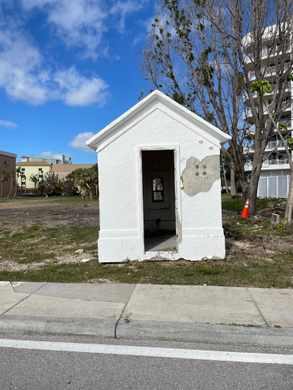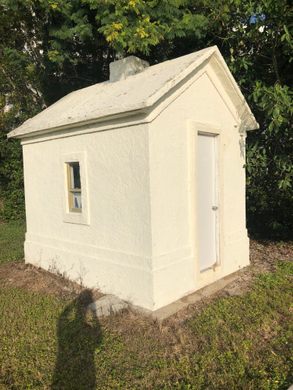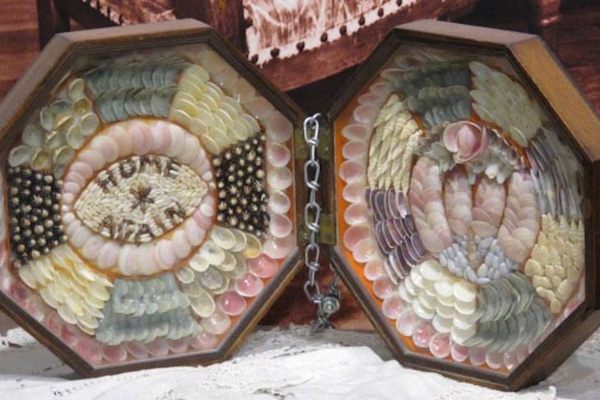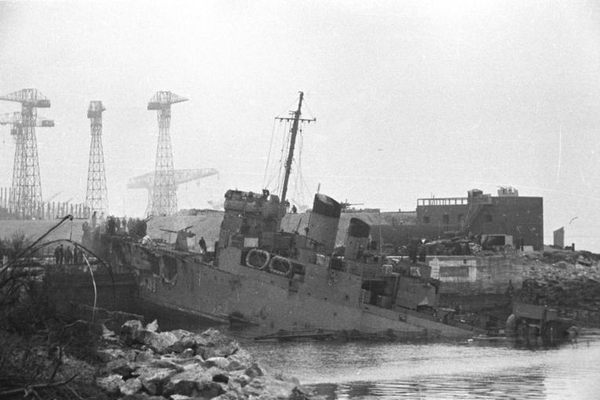Punta Rassa Telegraph Station
A telegraph station used to send information from Cuba to the U.S. during the Spanish-American War.
Today, Punta Rassa is encompassed by the toll plaza restaurants, a hotel, and condos. Before, it was one of the original settlements in Southwest Florida. During the second Seminole War from 1835 to 1842, Fort Dulaney was built here, only to be abandoned and later destroyed by a hurricane.
The fort was reconstructed during the Third Seminole War, closing by the end of the war in 1858. During the Civil War, it was again reopened to support operations at nearby Fort Myers. During the war, these sites were both occupied by Union troops who used it to ship cattle out of the area, denying the Confederate army its supply of beef. After the war, both forts were abandoned again.
In 1866 the International Ocean Telegraph Company established Punta Rassa as a connecting point for communications between Cuba and Florida. The telegraph was vital to providing the nation with news from Cuba during the Spanish-American War.
In the 1880s, sport fishing for tarpon became very popular in the area. This drew people to the region, including President Theodore Roosevelt, whom the nearby Roosevelt Channel is named after. On the evening of February 15, 1898, the USS Maine exploded in Havana Harbor. It was once thought that the message came through Punta Rassa first, earning the location several plaques. The truth is, U.S. Navy officers received the message at Key West first, as did numerous reporters stationed in Key West, indicated by the dateline of their newspaper articles. Punta Rassa would have been a relay station for the message on its way northward to the White House.
The telegraph station was last used in 1942. In 2023, hurricane Ian and its 13-foot storm surges moved the station off its foundation.
Plan Your Trip
The Atlas Obscura Podcast is Back!


















Follow us on Twitter to get the latest on the world's hidden wonders.
Like us on Facebook to get the latest on the world's hidden wonders.
Follow us on Twitter Like us on Facebook